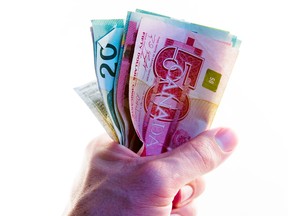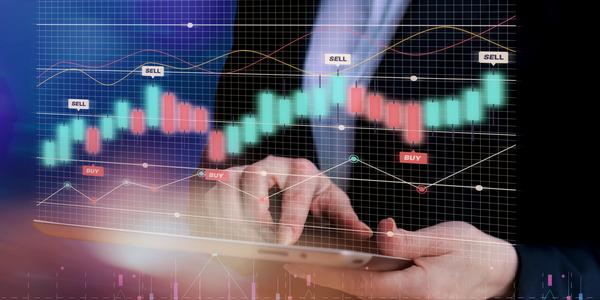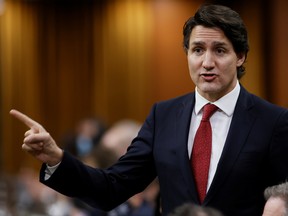Gold prices continued their steady trajectory in Asian markets on Friday, with traders remaining cautious ahead of key U.S. inflation data that will likely influence the outlook for interest rates. Among industrial metals, copper prices fell slightly as weaker-than-expected purchasing managers’ index (PMI) data from top importer China signaled a slowdown in economic activity. Meanwhile, metal markets saw some relief after the dollar weakened against the yuan over the weekend, driven by weak global growth figures. However, this relief was short-lived, with fears of sticky inflation and high interest rates persisting ahead of the critical PMI data release.
Spot gold settled at $2,342.86 per ounce, while August-commingling gold futures dropped 0.1% to $2,363.80 per ounce by 00:19 ET (04:19 GMT). The yellow metal had gained around 2.6% in May after surging earlier in the month to record highs. However, its gains were tempered as it now trades about $100 below its May peak, reflecting growing concern over high inflation rates and their potential long-term impact on interest rates.
The U.S. Federal Reserve’s cautious outlook for monetary policy amid sticky inflation has been a key driver of gold prices. With no recent Fed rate hikes expected before the year-end, markets remain uncertain about the pace of rate normalization. A string of Fed officials has signaled limited confidence in cutting rates to support inflation, raising fears that higher interest rates could persist longer than anticipated.
The yellow metal is also influenced by broader market sentiment and the opportunity cost of investing in alternative assets. High interest rates elevate the cost of borrowing, making gold less attractive compared to other high-yield assets like stocks or bonds. This dynamic has been particularly pronounced as markets prepare for the release of April’s PMI data, which is expected to show a slight cooling of inflation but remain well above the Fed’s 2% annual target range.
In other precious metals, platinum and silver saw some softness on Friday after their gains through May were fueled by speculative trading. Platinum futures fell 0.6% to $1,028.95 per ounce, while silver futures declined 1.6% to $31.030 per ounce. Despite the correction, both metals saw strong gains in May, driven by elevated prices of industrial metals and investor optimism about a speculative frenzy that had pushed up their values earlier in the year.
Copper prices remained steady at benchmark levels on Friday, with August-commingling futures at $4.15 per pound (€3.62). The metal has been hit hard recently as global demand for raw materials slows amid economic uncertainty and tighter credit conditions in China. However, weaker PMI data from China could provide some relief to copper prices, reflecting a potential slowdown in industrial activity.
The U.S. dollar weakened further against the yuan on Friday, adding pressure to gold prices. The weaker currency has made U.S. Treasuries more attractive as an inflation hedge, attracting increased buying interest ahead of the Fed’s monetary policy meeting. Meanwhile, global growth concerns and the ongoing impact of the COVID-19 pandemic remain key factors influencing market sentiment.
In oil markets, Brent crude futures settled at $125.08 per barrel (€116.74), up 0.3% on Friday after touching a record high earlier in the week. The U.S. benchmark stood at $124.46 per barrel, reflecting mixed economic data and ongoing concerns about global supply constraints. Traders remain cautious ahead of key U.S. inflation reports, with expectations that the Fed may maintain its current policy stance for some time to come.
The combination of weak PMI data from China, a potential correction in gold prices due to high interest rates, and ongoing headwinds in global markets has kept metals trading rangebound this week. However, as the U.S. inflation report looms closer, sentiment is likely to shift again, with traders closely monitoring for signs of progress or stagnation in price trends.
















